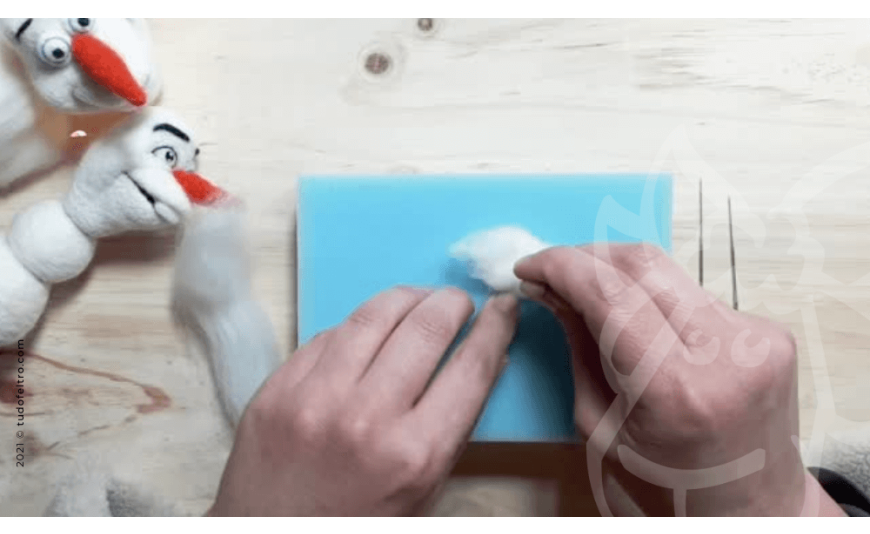
Needle felting is a crafting technique that uses special needles to interlock wool fibers, creating solid and detailed shapes. Selecting the right needle is crucial to achieving the desired results in your projects. Below, we present the main types of felting needles and guidance on choosing the most suitable one for your needs.
Types of Felting Needles
Triangular Needles:
- Characteristics: Feature three barbs that help interlock the wool fibers. They are versatile and widely used.
- Common Sizes:
- Size 32: A coarse needle, ideal for initial work and shaping larger forms.
- Size 36: Similar to the 32, suitable for general shaping and fastening large surfaces.
- Size 38: Versatile, suitable for finer wool and even fiber distribution.
- Size 40: Thin, perfect for precise details and finishing touches.
- Size 42: Ultra-thin, used for marking small areas and delicate contours.
Spiral Needles (Twisted):
- Characteristics: Designed with a spiral shape to increase strength and capture more fibers, speeding up the felting process.
- Common Sizes:
- Size 38 Spiral: Ideal for fine wool, distributing it evenly.
- Size 40 Spiral: Similar to the triangular version, suitable for details and smooth surfaces.
Reverse Barb Needles:
- Characteristics: Feature barbs facing outward, pulling fibers rather than pushing them, which creates fluffy textures.
- Common Size:
- Size 32R (Reverse): Ideal for creating fuzzy textures and surface effects.
How to Choose the Right Needle
- For Beginners: Start with a medium-sized needle, like the 36, which offers versatility for various projects.
- For Shaping Larger Forms: Use coarser needles like size 32 or 36 to speed up the process.
- For Details and Finishing: Choose finer needles, such as size 40 or 42, for greater precision.
- For Fluffy Surfaces: Reverse barb needles are perfect for creating soft and voluminous textures.
Additional Tips
- Combination of Needles: To optimize the process, use a combination of different needle sizes—starting with coarser needles for the base and finishing with finer needles for details.
- Care and Maintenance: Handle needles with care to avoid damage. Store them safely and use finger protectors for added safety during use.
For a more practical understanding of needle sizes and their applications, check out the video below, which explains the different options and how to use them effectively.
By selecting the right needle and understanding its characteristics, you can enhance the quality and efficiency of your needle felting projects, making the process more enjoyable and the results more rewarding.
Tags:Needle FeltingFelting NeedlesTriangular NeedlesSpiral NeedlesReverse Barb Needles3D Wool ProjectsBeginner Felting GuideCrafting Tips.

-100x100.png)

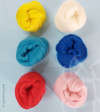
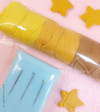
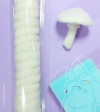

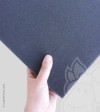
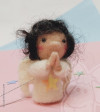
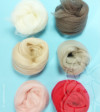
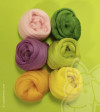
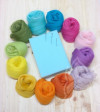
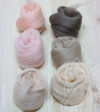
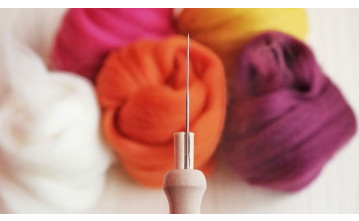
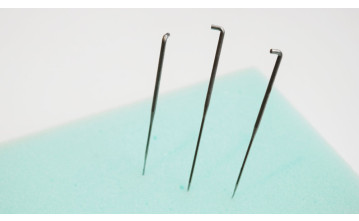
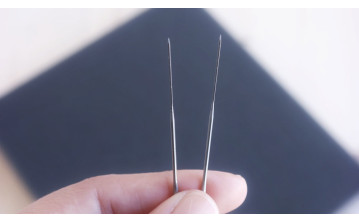
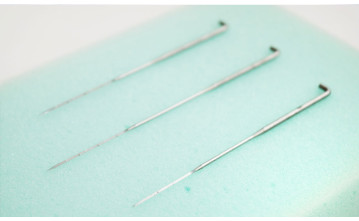
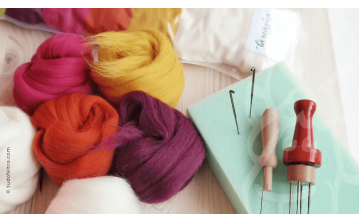
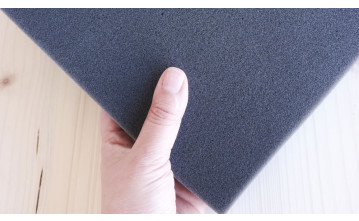
Write a comment